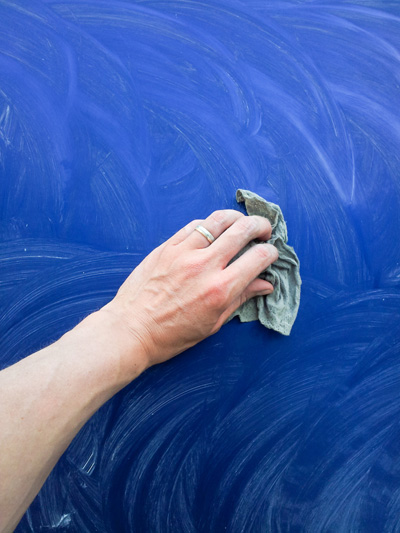Buying a used car can be a smart financial decision, but it requires careful consideration and thorough inspection to ensure you get a reliable vehicle that meets your needs. Here’s a detailed guide on what to look for when purchasing a used car.

1. Set a Budget
Before you start looking, determine how much you are willing to spend. Remember to include additional costs such as insurance, registration, and potential repairs.
2. Do Your Research
- Model Reliability: Research the make and model for known issues, reliability ratings, and owner reviews.
- Market Prices: Check prices on websites like Kelley Blue Book, Edmunds, and local listings to understand the fair market value.
3. Vehicle History Report
Obtain a vehicle history report from services like Carfax or AutoCheck. This report provides valuable information, including:
- Accident History: Any reported accidents, their severity, and repairs.
- Ownership History: Number of previous owners, usage type (personal, fleet, etc.).
- Service Records: Maintenance and repair history.
- Title Information: Any title issues like salvage, rebuilt, or flood damage.
4. Inspect the Exterior
- Body Condition: Look for dents, rust, scratches, and mismatched paint, which might indicate previous repairs.
- Tires: Check for even tread wear. Uneven wear can indicate alignment issues.
- Lights and Lenses: Ensure all lights work and lenses are clear and free of cracks.
5. Check the Interior
- Upholstery: Inspect seats for tears, stains, and excessive wear.
- Controls and Electronics: Test all controls, including air conditioning, heating, windows, and infotainment system.
- Odor: A moldy or musty smell can indicate water damage.
6. Under the Hood
- Fluids: Check oil, transmission, brake, and coolant levels and conditions.
- Belts and Hoses: Look for any signs of wear, cracks, or leaks.
- Battery: Ensure the battery terminals are clean and free of corrosion.
7. Under the Car
- Leaks: Look for any fluid leaks under the car.
- Exhaust System: Inspect for rust or damage.
- Frame: Check for signs of rust or damage to the car’s frame.
8. Test Drive
A test drive can reveal a lot about the car’s condition.
- Starting the Car: Notice how smoothly the car starts.
- Handling and Braking: Pay attention to how the car steers, brakes, and handles turns.
- Noise: Listen for any unusual noises from the engine, brakes, or suspension.
9. Mechanical Inspection
Consider having a trusted mechanic perform a thorough inspection. They can identify potential issues that might not be visible to the untrained eye.
10. Negotiation
Use your research and the inspection report to negotiate a fair price. Be prepared to walk away if the deal doesn’t meet your expectations or if significant issues are uncovered.
Conclusion
Purchasing a used car can be a rewarding experience if you approach it with diligence and care. By following these steps, you can find a reliable vehicle that fits your budget and needs. Happy car hunting!
If you have any questions or need assistance with vehicle inspections, feel free to visit our auto repair shop. Our experienced team is here to help you make a confident and informed decision.
Lim’s Auto Body is a full service auto body and mechanical repair shop locally owned and operated in Largo, Florida. For more information, go to our web site www.limsautobody.com or call (727) 422-3232.

